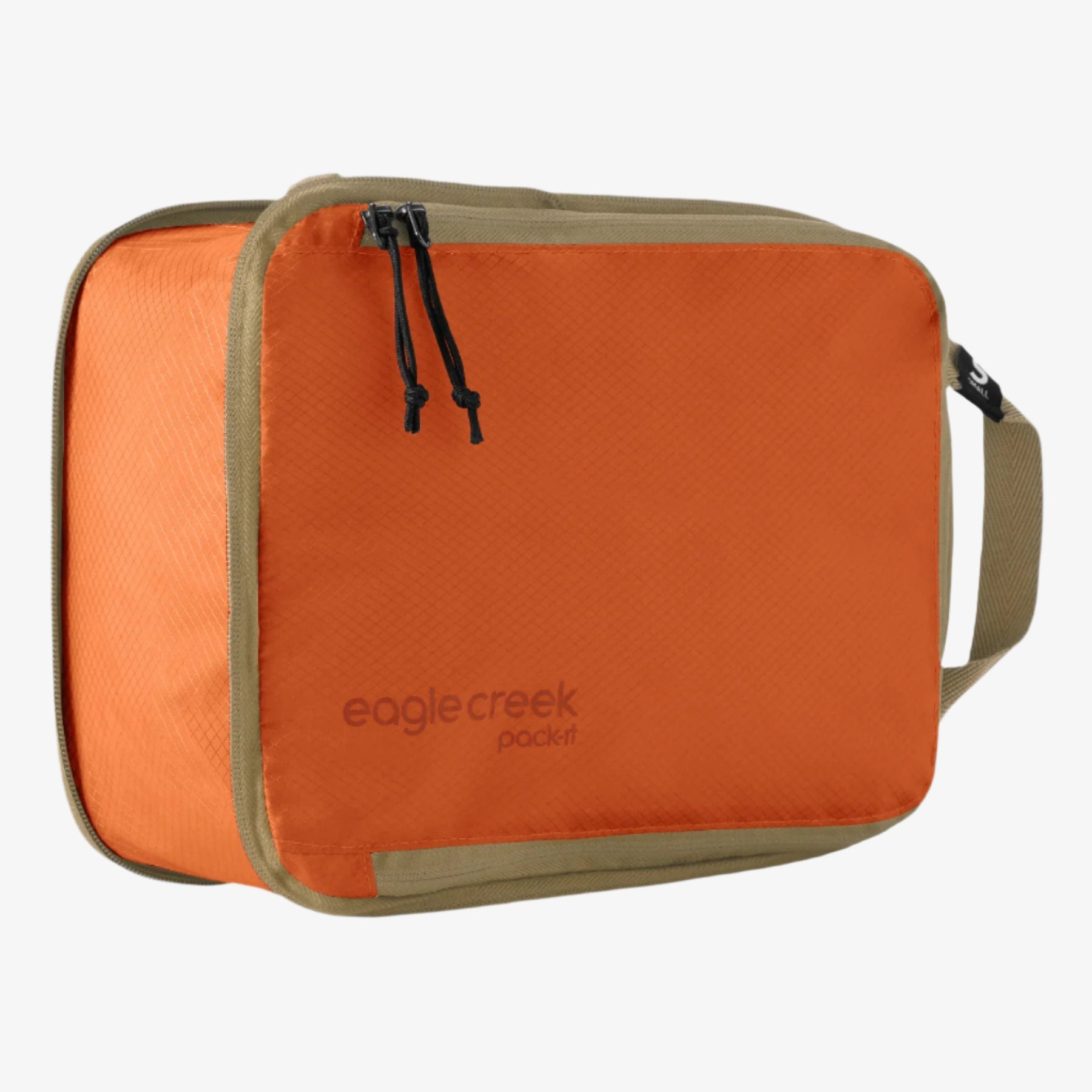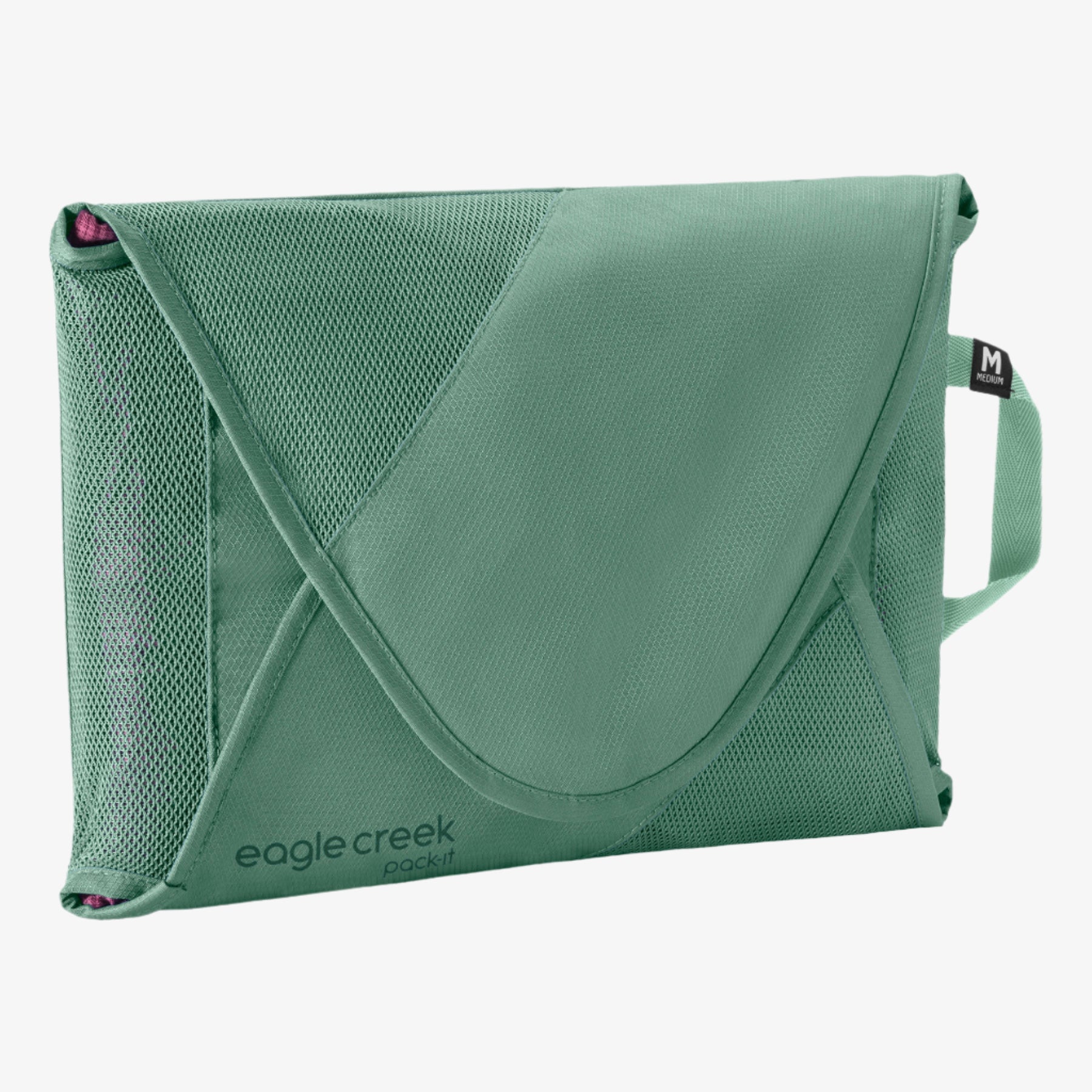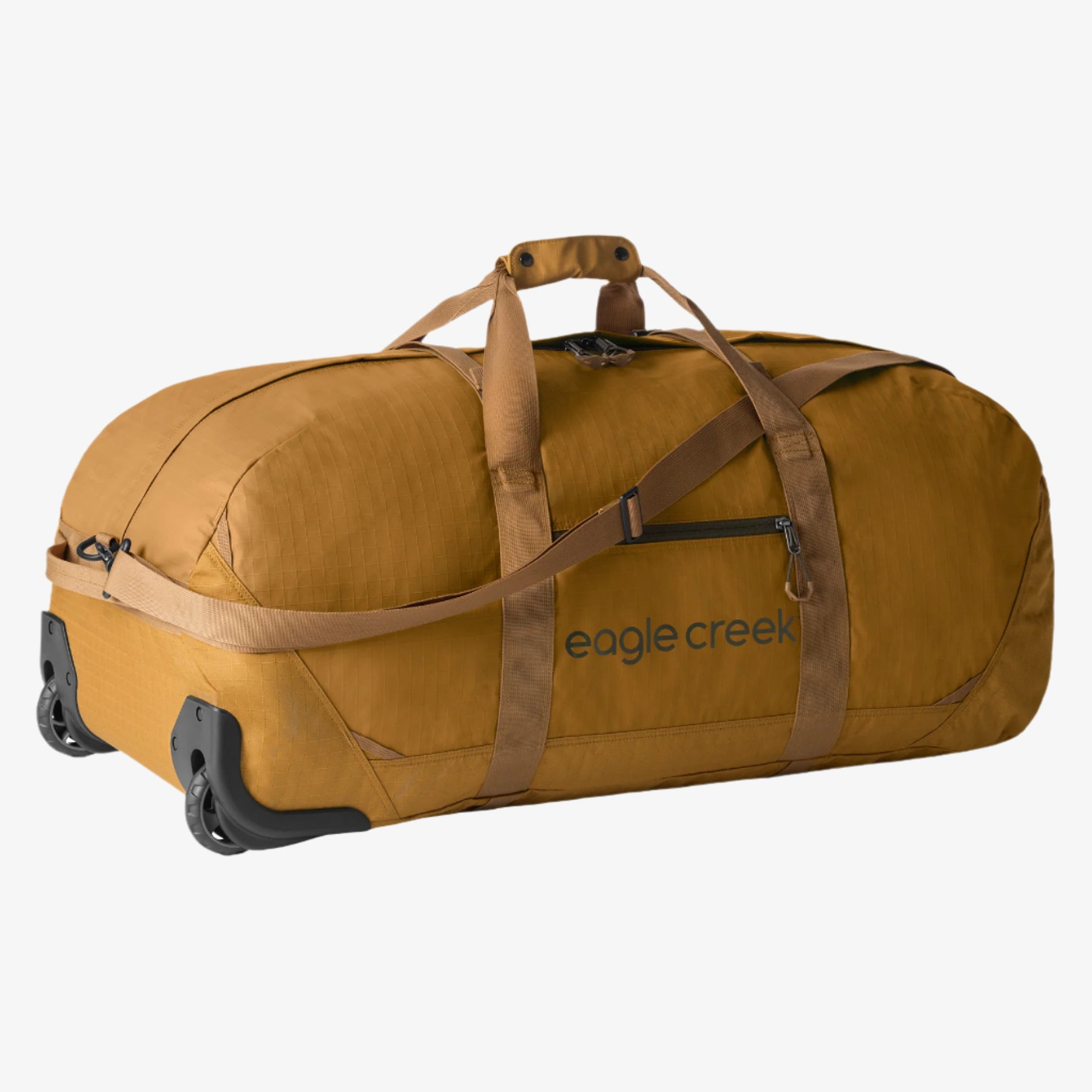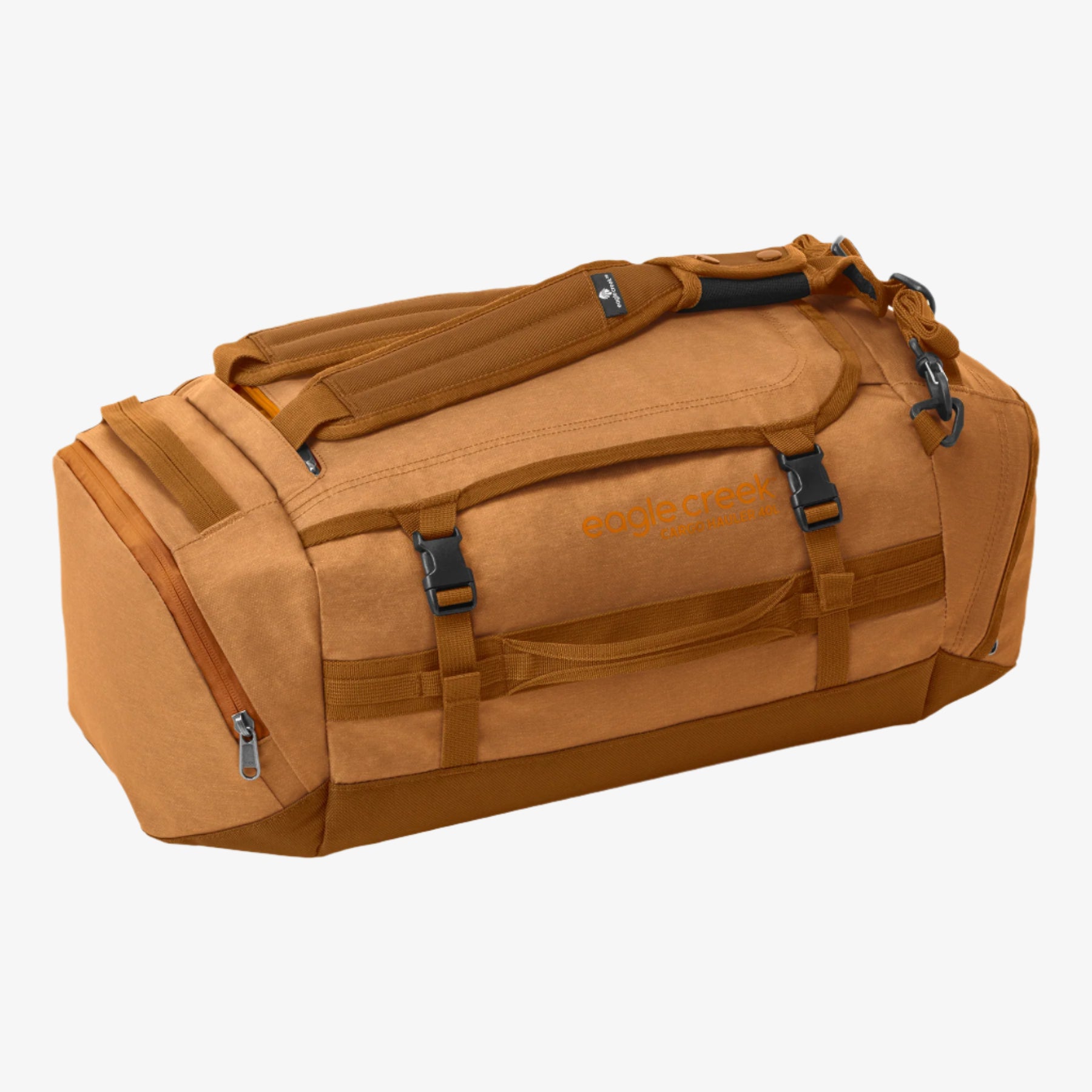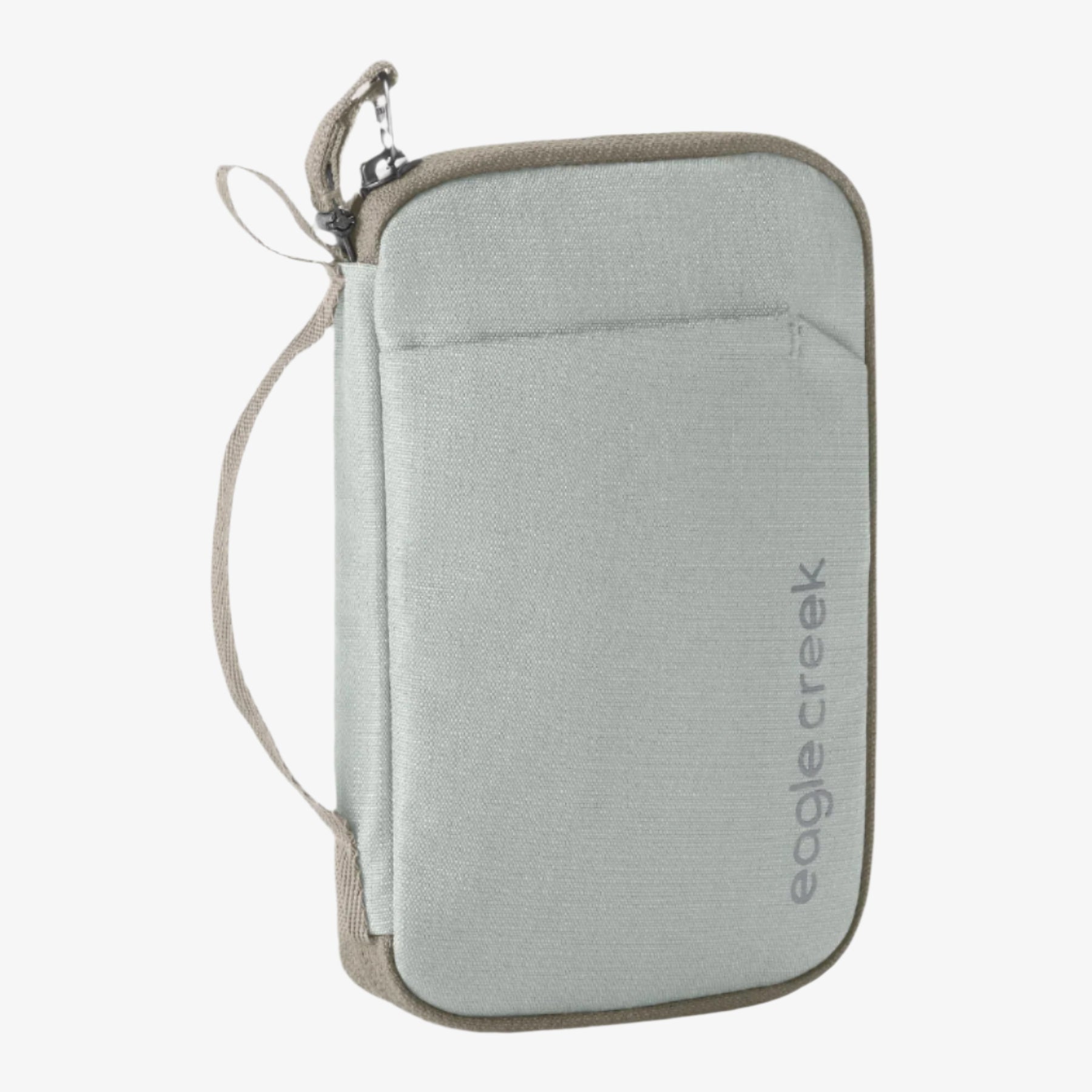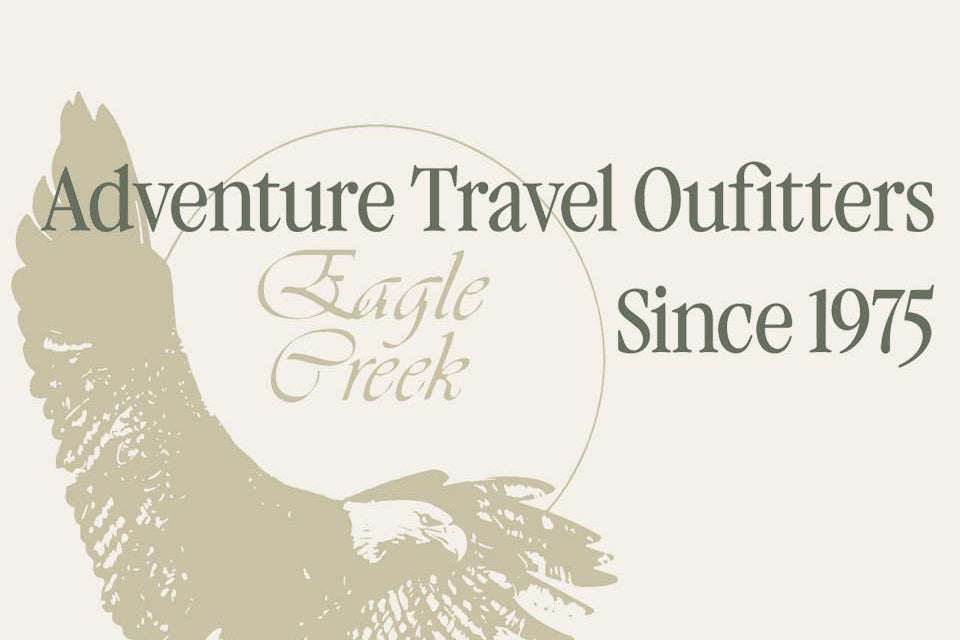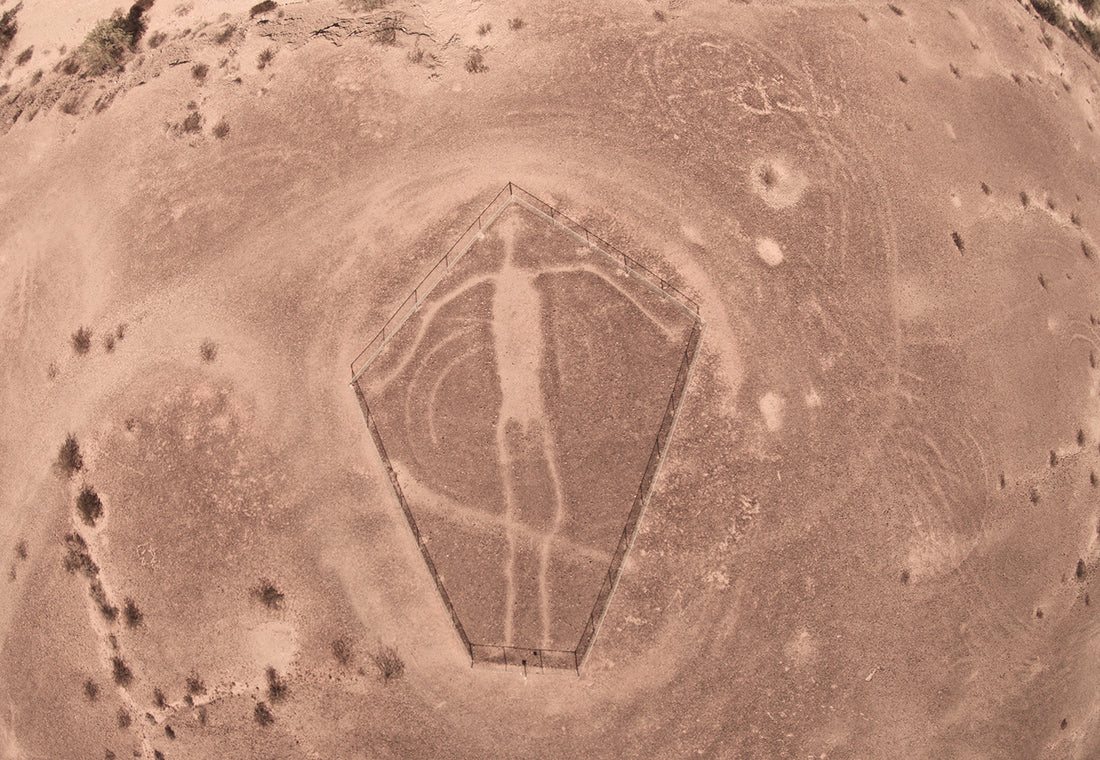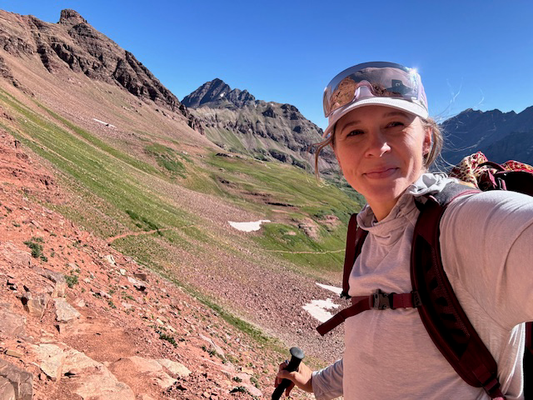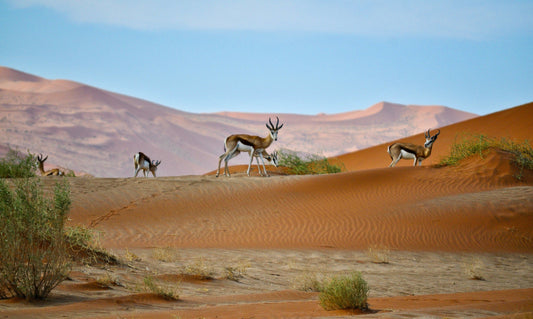No one knows who created the Blythe Intaglios or why. Come up with your own theory when you visit.
Between the Colorado River and Big Maria Mountains, nestled in the California desert, are a set of mysterious and ancient gigantic ground drawings known as the Blythe Intaglios or Blythe Geoglyphs. Hidden for centuries, only local tribes knew these fascinating markings existed, and even today, you’re likely to see very few people if you visit, due to the sheer scale of the site. Here’s why you should go and see these incredible intaglios.
What Are the Blythe Intaglios?
Intaglios are a specific type of geoglyph or ground drawing created by scraping away layers of rocks to reveal the soil underneath. Think of them as ginormous pictographs drawn in the dirt instead of on a cave wall. Locally, there are more than 200 intaglios, most of which are within walking distance of the Colorado River, however, the Blythe Intaglios are the most famous of these—and likely the only ones you’ll be able to find.
They’re also the most impressive intaglios—even from the ground. They feature three human figures, two four legged creatures, and a spiral. The largest of the human figures measures 171 feet—roughly half a football field, from head to toe. The other two human figures both stretch more than 100 feet. In addition, the two animals are each more than 50 feet across from head to tail. Impressive not only in size, but also in age, they’re dated somewhere between 450-2000 years old.
Seen From Above
Despite their size, the Blythe Intaglios were only known to local tribes until in 1932, a pilot flew over the site and spotted them. A few researchers studied and sketched the intaglios, but otherwise, they generated little public interest. In fact, during World War II, tanks and troops training in the area may have unwittingly damaged these ancient creations.
In 1952, a National Geographic article on the Blythe Intaglios changed public perception and saw a rise in interest. People began to visit at increasing volumes, leading to even more damage, and in 1974, the Bureau of Land Management erected fences to protect them.
What’s it Like To Visit?
The Blythe Intaglios are located 15 miles north of the city of Blythe on State Route 95—watch for a large sign on the west side of the road marking the turnoff. After leaving the highway, you’ll drive approximately a quarter mile to the first stop. Park in the lot, put your keys in a waist pack or small pouch, and enter through the break in the fence. If you’re toting camera equipment, a backpack might be more appropriate, especially if you want to bring a bottle of water and sunscreen as the desert gets incredibly hot.
It’s a short walk to the chain link fence surrounding the first intaglio—a human figure. Local tribes say this and the other human figures represent Mastamho, the creator of all life. It’s believed ancient people held sacred ceremonial dances here to honor him. You can clearly see his head, feet and body.
Nearby are two more intaglios, an animal and a spiral. The animal is Hatakulya, a mountain lion who is said to have helped in the creation, according to local tribes. It's unclear what the spiral represents, although some speculate it could be a snake.
Continuing west by car, you’ll reach the second site. There’s only one intaglio here, another human figure. Almost due south is the largest human intaglio and a second animal intaglio. Unfortunately, there are no clearly marked trails to these sites. Don’t attempt to find them on your own since as it’s easy to get lost in this area.
What To Know Before You Go
It’s not uncommon for the temperature to hit 100 degrees well before noon during the summer, so go early in the day or, better yet, go in cooler months. You may want to bring a separate pair of closed-toe shoes or sneakers to wear on the trails, too. Store them in a separate bag after your visit so they don’t get your other gear dusty.
Ready to explore more ancient drawings? You can see Native American petroglyphs throughout the Southwestern states, more geoglyphs at Nazca Lines in Peru and rock paintings in Drakensberg Park, South Africa.









